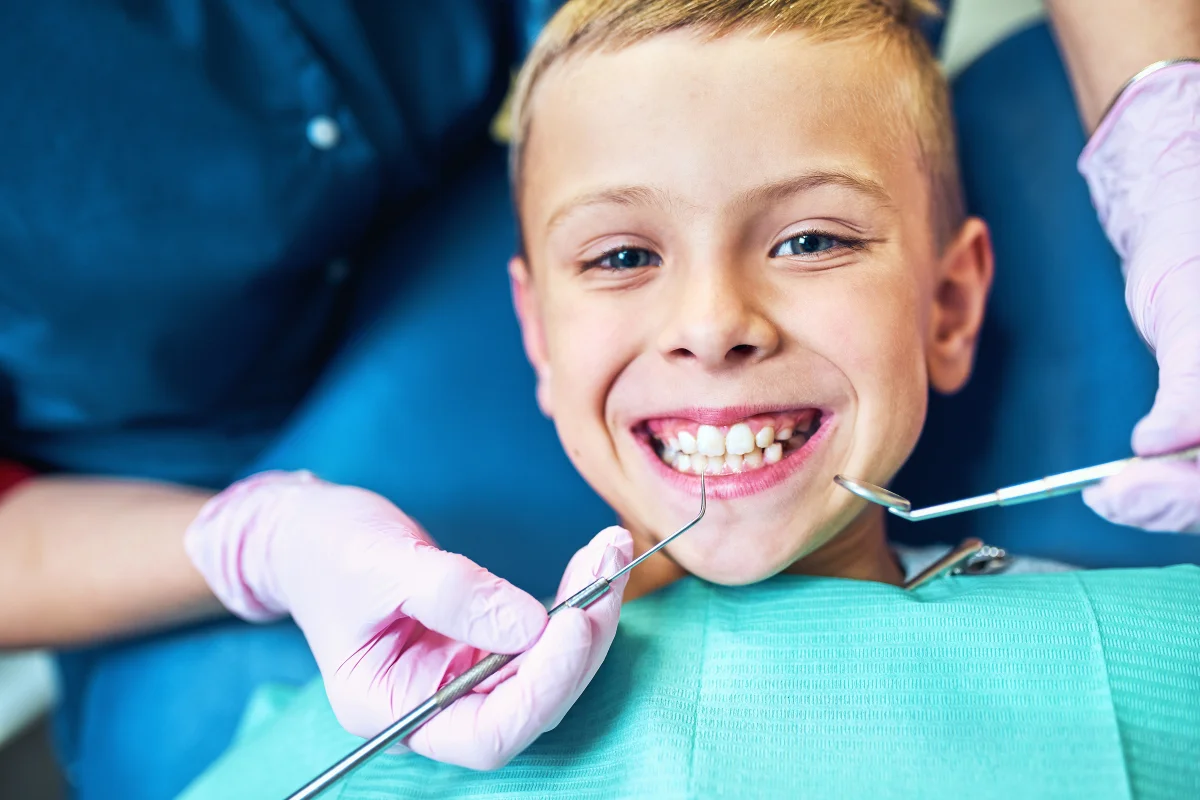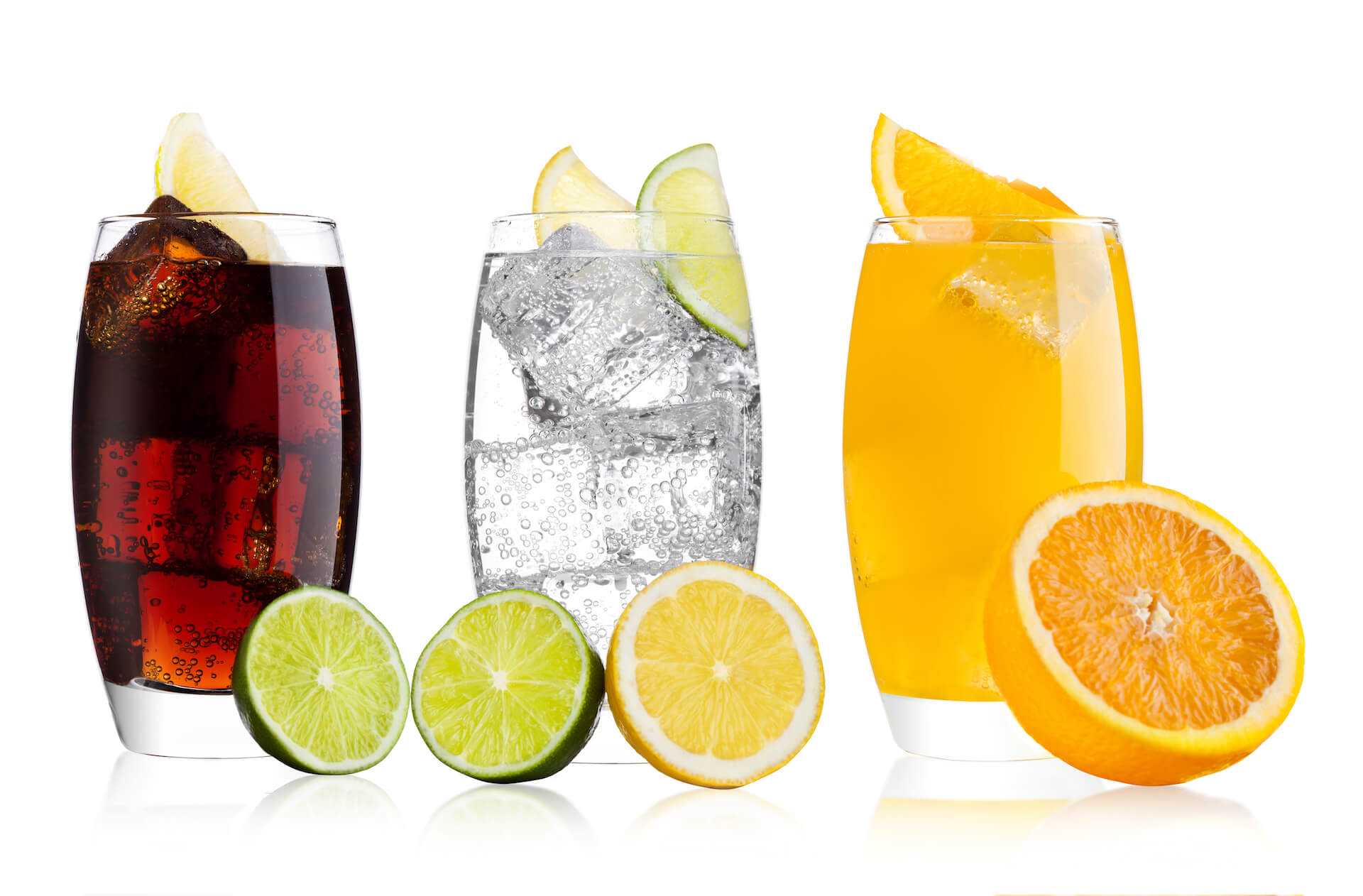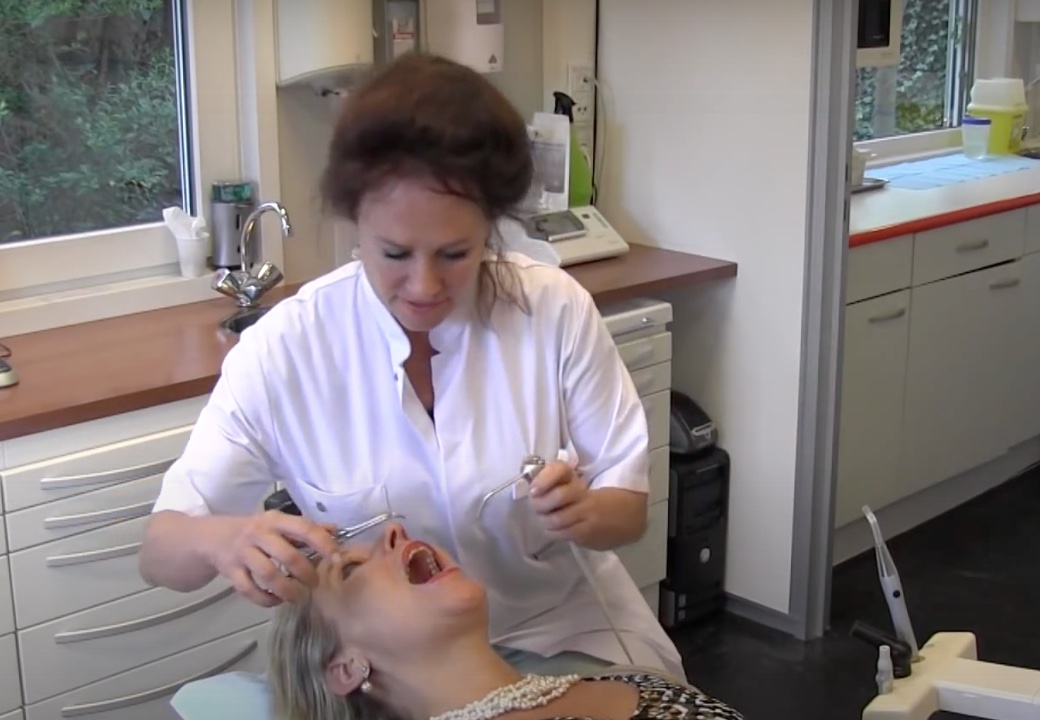Proeven en dus smaak is een complexe ervaring. Wat wij ‘smaak’ noemen is eigenlijk een samenspel van meerdere zintuiglijke waarnemingen (smaak in ruimere zin). Smaakwaarneming is de waarneming van verschillende smaken door de smaakzintuigjes op de tong en in de mondkeelholte. De verschillende smaken zijn zoet, zuur, zout, bitter en, sinds kort bekend ook umami (hartig) en vet. Bij het proeven speelt echter ook de waarneming van structuur, textuur, temperatuur en kruidigheid en de waarneming van reukstoffen van voedsel en drank een belangrijke rol.
Loss of taste can change the diet in such a way that it leads to weight loss or gain, malnutrition and thus reduced immunity. It can lead to overconsumption of salt and sugars to compensate for a bad taste or lack of taste. When taste is lost, the warning function for spoiled food is also missing, which often has a bad taste.
Finally, taste plays a role in reflexes that start digestion such as saliva production.
The tongue contains three types of taste buds, the circumvallate papillae at the back of the tongue, the foliate papillae at the back sides of the tongue and the fungiform and filiform papillae spread on top of the tongue. Formerly, it was thought that sweet, sour, salty and bitter were perceived in specific places on the tongue, but that is not the case. The taste transmission from the back of the tongue runs via the glossopharyngeal nerve, the front two-thirds via the chorda tympani.
In addition to the perception of sweet, sour, salty, bitter, umami and fat, the mouth also perceives structure, temperature, sharpness and spiciness. This occurs via a different system, via the somatosensory receptors, via the fifth cranial nerve.
A point of attention: with taste disorders, the smell can also be disturbed, it doesn't always have to be caused in the mouth.
Speeksel plays a prominent role in initiating taste transmission. Solid food dissolves in saliva and the flavorings are transported to the taste organs via saliva. In addition, saliva contains various substances that promote wound healing and play a major role in maintaining the taste organs. Saliva also ensures a healthy balance in the oral cavity, as it contains various proteins with antimicrobial properties.
There are several variations of a disrupted taste:
- ageusia: loss of taste
- hypogeusia: reduced taste
- dysgeusia: bad taste sensation with normally pleasant tastes
- gustatory agnosia: inability to recognize a taste
Collected tips for a bad or disturbed taste:
- Stimulate the salivary glands by chewing and sucking to produce thin, watery saliva. Chew or suck on something fresh. For example: sugar-free gum with xylitol, mint, slice of cucumber, tomato, apple, pickle, ice cream, etc..
- Eat dishes with a strong spicy and savory taste. For example, a spicy vegetable soup, a spicy curry or a sauerkraut mash with bacon and smoked sausage.
- Drink enough (unless you have fluid restrictions)
- Eat with plastic cutlery if you have a metallic taste. Use porcelain or earthenware tableware because plastic tableware can give a taste too.
- Experiment with these tips and try out what works for you.
- Research has also shown that smoking negatively affects taste and smell.
- Good oral hygiene helps, temporarily or permanently, to reduce bad taste. Brushing teeth with a special toothpaste or experimenting which works best for you. Besides mint and fruit flavors, there are also toothpastes with a salty taste. Use a mouthwash, clean your tongue with a tongue cleaner with or without a special gel for it. There are various products on the market for a disturbed taste and - breath.
For advice and guidance, you can turn to your dentist, dental hygienist, pharmacy, health food store and via the sites Sporttandarts.nl and Tandarstdoorn.nl





